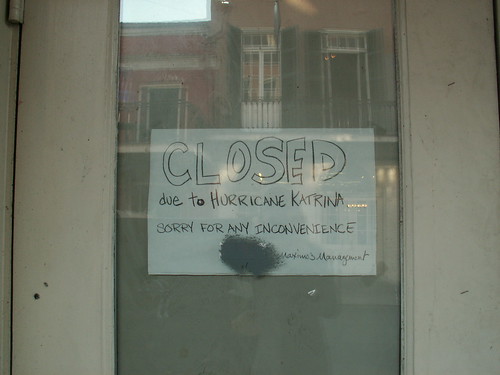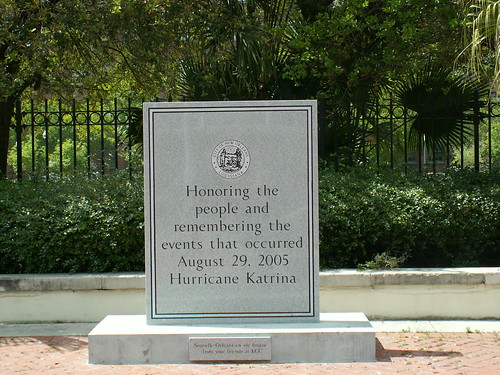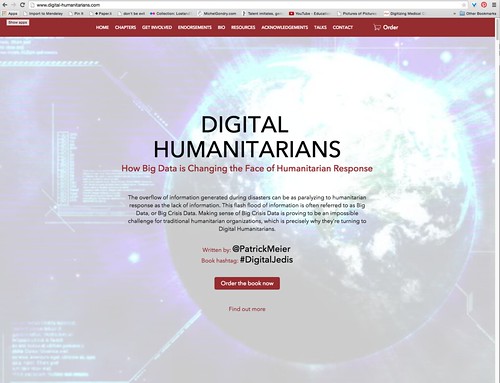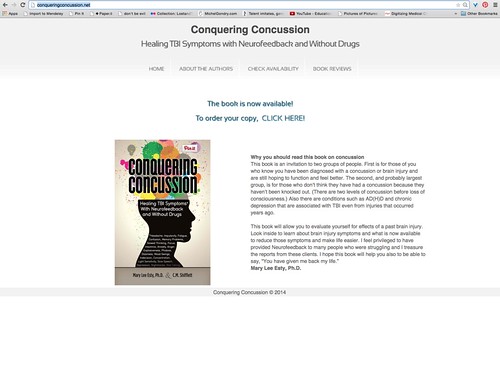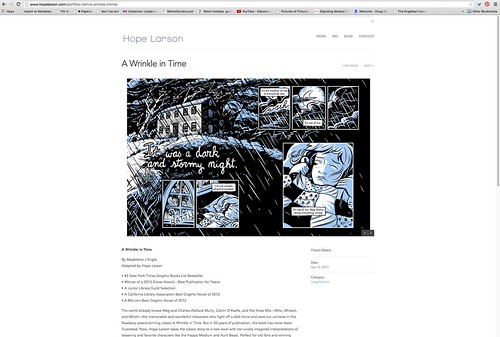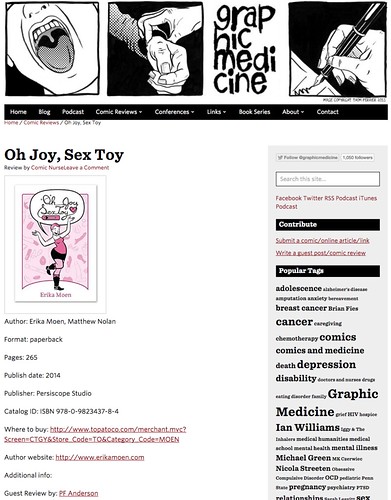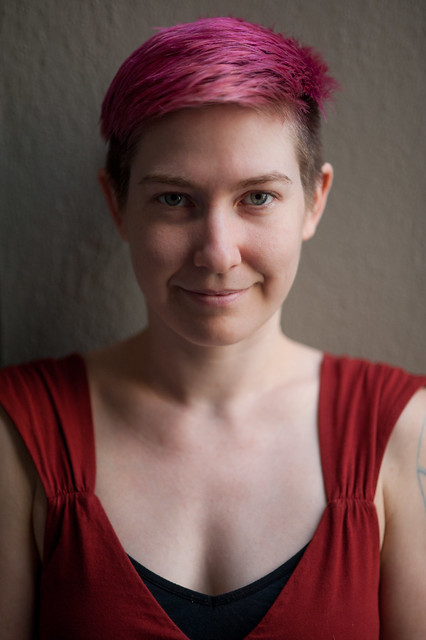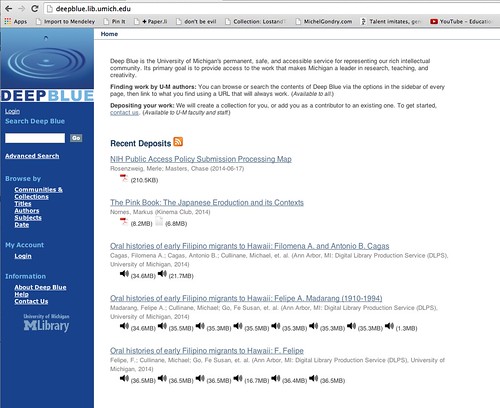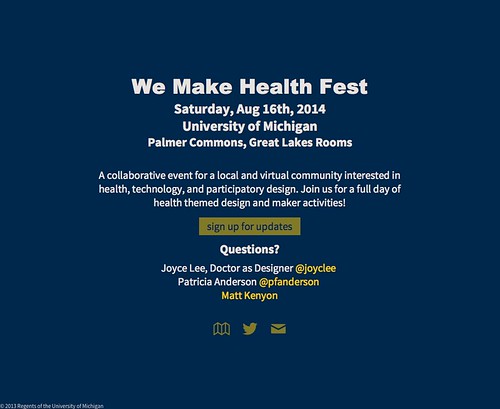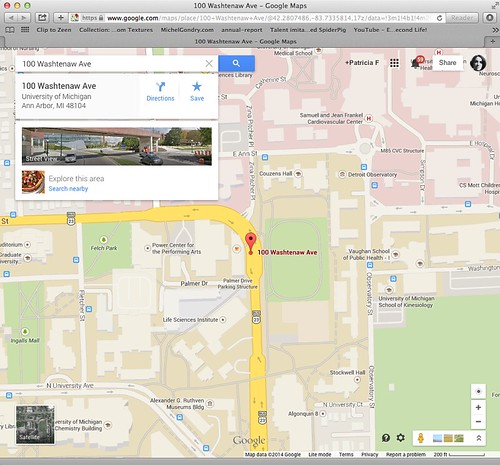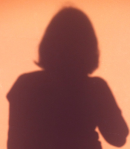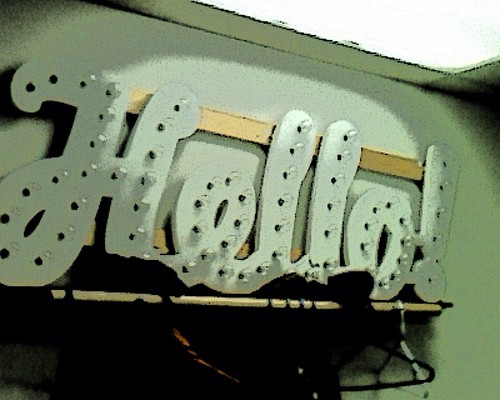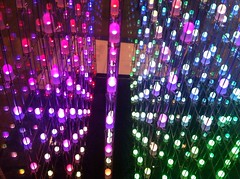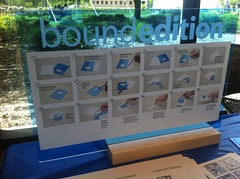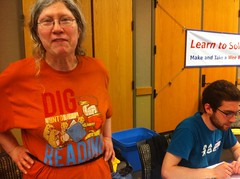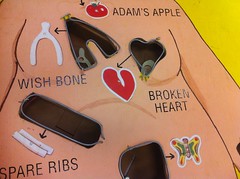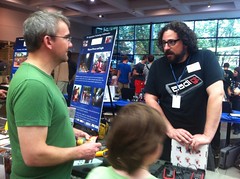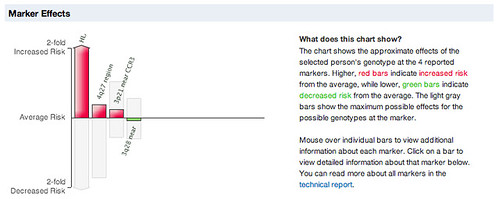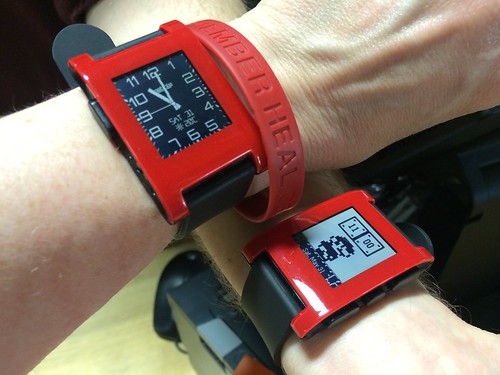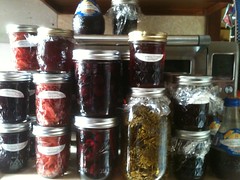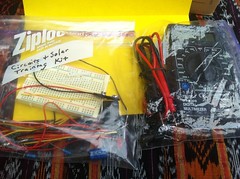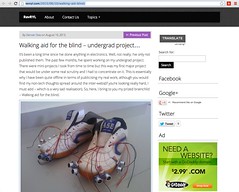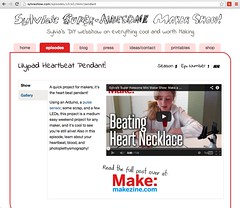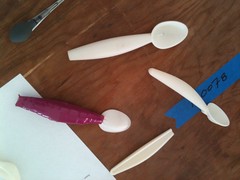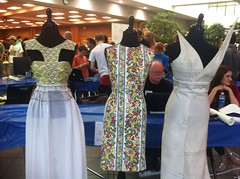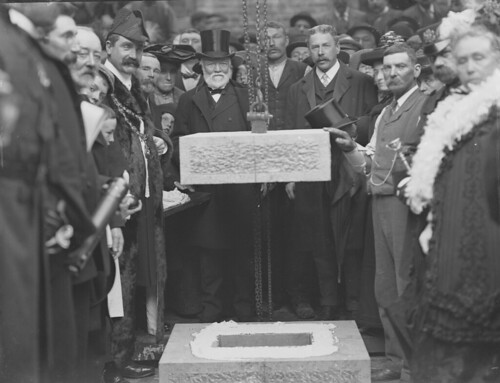Have you seen the Color Our Collections meme this week?
Basically, libraries and museums all around the world are making coloring pages and books from public domain content in their collections. Pretty awesome stuff! Some of the images are beautiful, some horrifying, some fascinating. Many fit right in with the sort of things people are already seeking out as part of the Adult Coloring movement, which I’ve been working on in other areas of my job. And some are funny or quirky and amusing.
Most of the image providers also give a citation to the original work in their collection catalog. Many of the images raise all sorts of questions. Why did they choose THAT image? Why was that image famous in the first place? Who was the original audience of the image? What was the creator trying to communicate? There are so many stories that the images hint at, leaving a faint clue to lead the curious deeper into a story forgotten by most.
I don’t know if the University of Michigan is participating in #ColorOurCollections officially or not (and this is NOT an officially sanctioned offering from them), but I have in my own files images I’ve collected from some of the wondrous items available in our campus rare and special collections. I’e selected just a few of my favorites that inspire in me the kinds of questions and whisper of stories that I’m observing in so many of the other images being shared. Most of these are selected from an anatomy exhibit curated here some years ago by Barbara Shipman. I’m afraid I’m not certain of which book which image came from, so I will have to check with Barbara. For now, I am hazarding a fair guess for those I’m unsure of and noting that uncertainty.

Idylls of the king, Vivien, Elaine, Enid, Guinevere: with sixty original decorations by G.W. Rhead & L. Rhead. http://mirlyn.lib.umich.edu/Record/008590577 Hathi Trust: http://babel.hathitrust.org/cgi/pt?id=nyp.33433000181689;view=1up;seq=13
COMMENTS: I fell in love with the romance and beauty of this book the first time I saw it. The books is exquisitely crafted, beautifully illustrated, and filled with the philosophical and thoughtful poems of Tennyson’s exploration of the King Arthur mythos. He tells the story through the tales of four women who are relatively minor characters in most of the tellings of the myth, and most of whom die tragically in Tennyson’s retelling. I’m assuming that some enterprising graduate student has already studied the gender bias implications of the stories. The images are so lovely it is worth exploring the entire book, and luckily for you, it is available as a free public domain download from the Hathi Trust for those at partner institutions like UofM. This particular image illustrates the scene where the Lady of the Lake has stolen the infant Lancelot away from his birth mother to raise as her own. Why would she do that? How did it effect him? Does that original betrayal set the stage for later events in the story. I thought the Lady of the Lake was bound to the lake by magic. So how and why is she floating and flying above it in this image? So many questions.
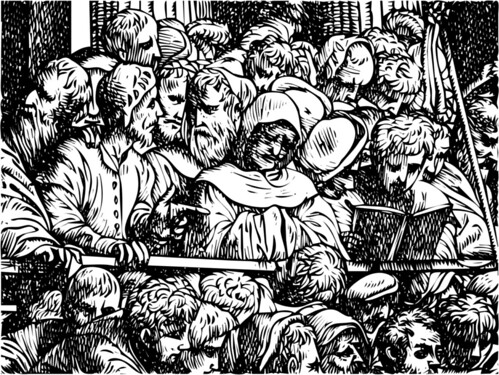
Andreae Vesalii … Suorum de humani corporis fabrica librorum epitome. http://mirlyn.lib.umich.edu/Record/002075697
COMMENTS: Vesalius is very likely the most famous name in the history of anatomy, kind of the Shakespeare of medicine with early rare editions of his work that scholars attempt to reconcile and interpret. This image is a macro excerpted from a large image of a crowd witnessing a dissection in a crowded theater. I look at this image of people in a low balcony looking down upon the dissection. A student tries to connect what he sees with what is in the book. Others debate and contest and try to reconcile what they believe, what they’ve learned, and what they see. One silent man stands in the middle of all the bustle and somehow completely apart from all of it. He looks deeply sad or troubled. Is he a friend or relative of the person being dissected? Is he a competitor of the experts doing the demonstration? Who is he, and why does he seem both obscured and highlighted within the story the image is telling?

D.O.M. Positiones anatomicae et chirurgicae. Ex anatomia. Mira corporis humani compages … http://mirlyn.lib.umich.edu/Record/011360662
COMMENTS: This is a portion of a full skeleton by Shonbornio and dating from around 1590 (according to Barbara’s notes here). This is supposed to be a lesser quality imitation of one of Vesalius’ drawings. It still calls to me emotionally. The skeleton is frail and powerful at the same time, angry or miserable or tired, turning his back to us. We can say this is because the image was for students to study the bones of the back, but did the artist imbue those bones with some richer emotions for a purpose?
COMMENTS: I’ve been looking at this image all day. Each time, I see Adam and Eve at the tree, and then only afterwards realize that the tree is a skeleton. Even when I know that this is the case, I still see it the other way. When I look at the skeleton, I find it’s posture odd and disconcerting. Its legs are twisted and its hips cocked in an almost flirtatious way, but the torso is twisted and the head turned toward Eve, as if it is speaking to her. The image is simultaneously charming and disturbing.

Flore médicale décrite par MM. Chaumeton, Poiret, Chamberet, peinte par Mme E. P. et par M. J. Turpin. Nouvelle publication… http://mirlyn.lib.umich.edu/Record/002082410

Flore médicale décrite par MM. Chaumeton, Poiret, Chamberet, peinte par Mme E. P. et par M. J. Turpin. Nouvelle publication… http://mirlyn.lib.umich.edu/Record/002082410
COMMENTS: This is only ONE image from a seven volume set of beautiful, intricate, hand-watercolored paintings illustrating herbal medicine in France. The images are lush and richly colored, which is why it is neither fast nor easy to convert them to a coloring page. I tried several, and this was the only one that actually still worked after I fiddled with it digitally. These two images are both from the same plate, of “Carline,” which we know as Carlina acaulis, a mountain herb that is edible and antibiotic and which tells the weather forecast! It grows low to the ground in poor soil in the mountains and is a relative of the thistle.
COMMENTS: It was common previously to not leave a large portion of a page blank, but to fill in the blank space with something, either content or ornament. I don’t remember where either of these ornaments came from, which is easy to have happen when they have little to nothing to do with the content of the books! These were both from the Anatomy Exhibit, and I included them here simply because I thought they’d be fun to color.
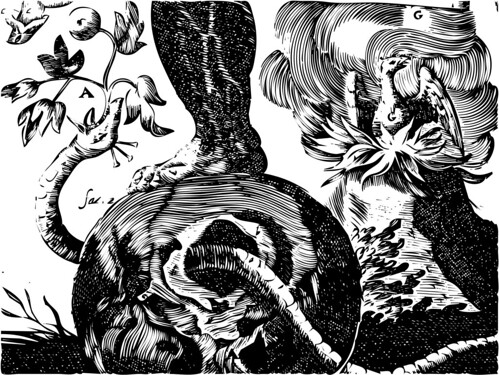
Trattato geometrico di Pietro Antonio Cataldi … Doue si essamina il modo di formare il pentagono sopra ad vna linea retta, descritto da Alberto Durero. Et si mostra come si formino molte figure equilatere, & equiangole sopra ad vna proposta linea retta. http://mirlyn.lib.umich.edu/Record/000167243 (I’m not sure, I think it was from this book: https://www.flickr.com/photos/rosefirerising/2909081613)
COMMENTS: This was a special request, from another emerging technologies librarian on Twitter who is fascinated by the inclusion of mythological beasts in historical medical books. This image shows a strong leg stomping down a snake which is being tortured with nails hammered through its mouth and head area. I suspect that this is referencing the Catholic Church’s belief in “crushing the snake”. That suspicion is reinforced by the appearance of the phoenix in the right corner, which was in the Middle Ages a fairly common symbol of the resurrection of Christ.




